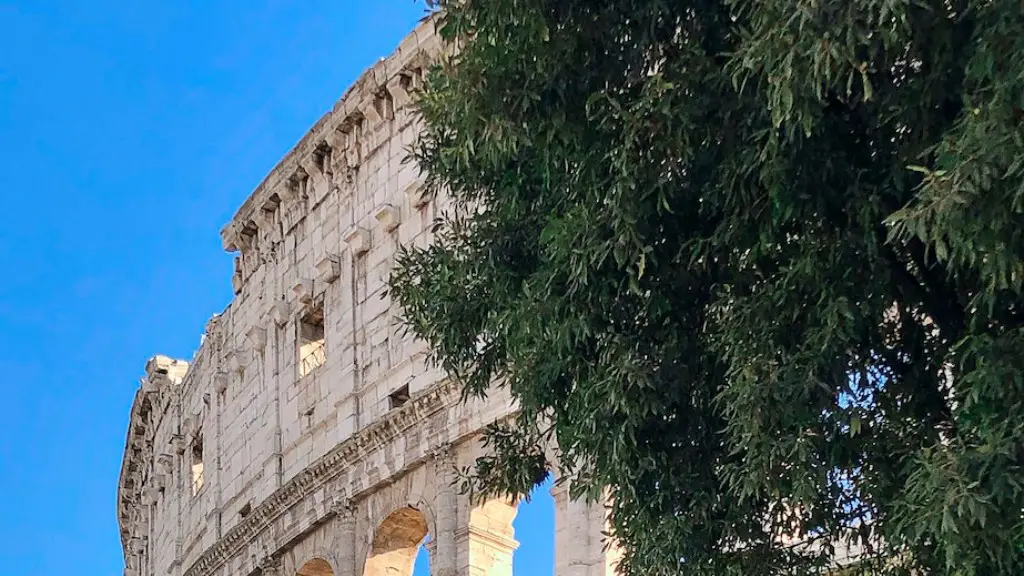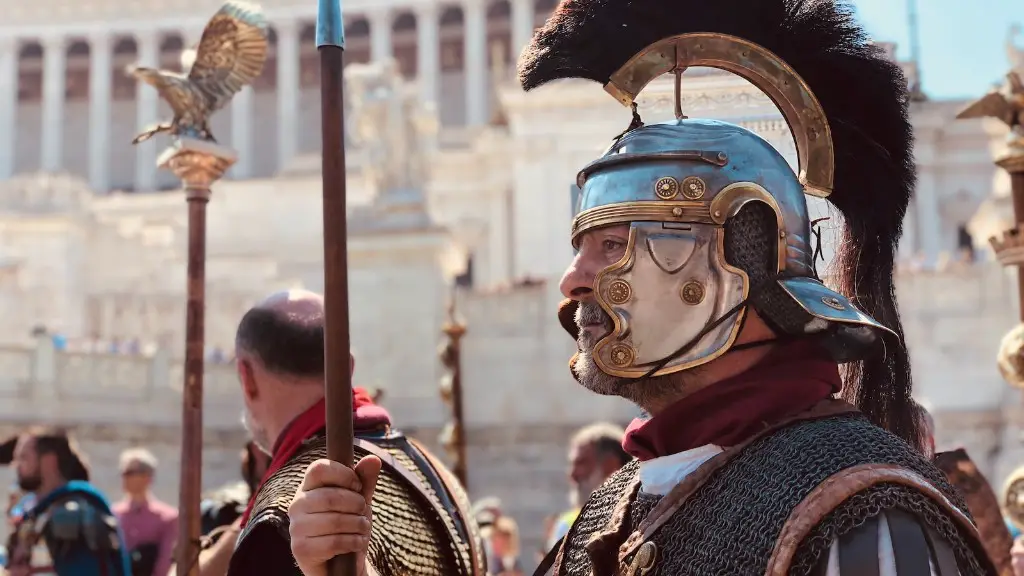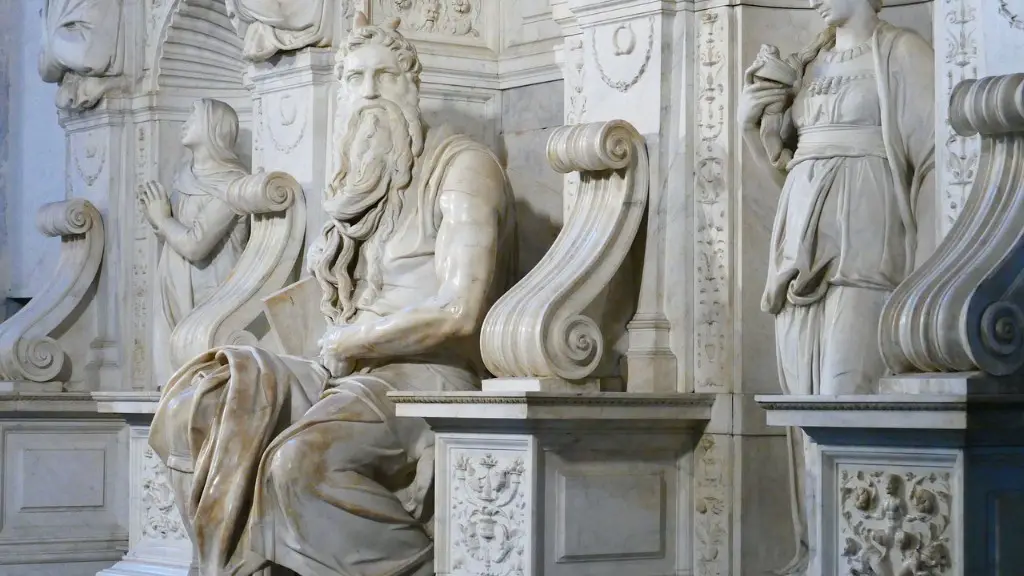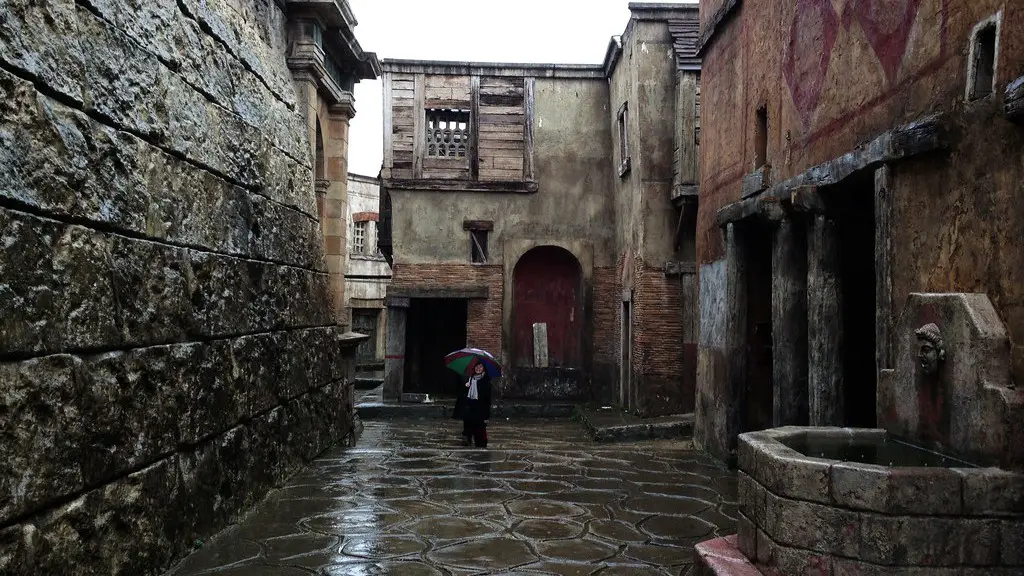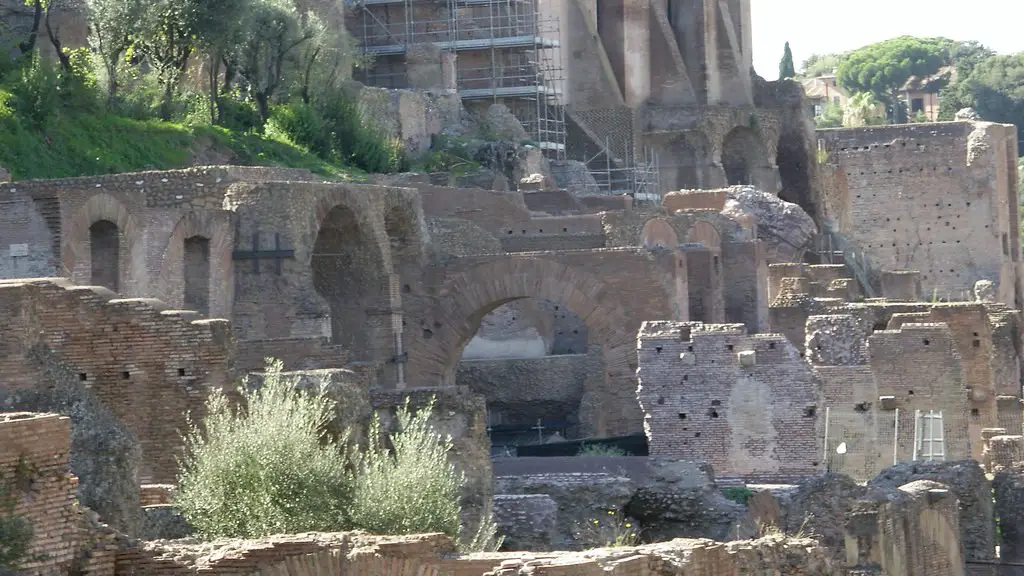Location of the Colosseum in Ancient Rome
The Colosseum has become an iconic symbol of Roman architecture and engineering. Originally known as the Flavian Amphitheater, it was built in the year 72 AD by the Emperor Vespasian and his son Titus, as part of their grand plan to show the might of Roman engineering and architectural prowess. The Colosseum was located in a prime location in the center of ancient Rome and was the largest amphitheater of its time. It is estimated to have held approximately 50,000 spectators at its peak.
The exact location of the Colosseum was strategically chosen, being located on the east side of the Roman Forum, near the Caelian Hill on one side and the Viminal Hill on the other. The structure was positioned to be seen from various points of the city and neighboring hilltops, such as the Quirinal and Palatine. As a result, it is believed that the construction of the Colosseum had a powerful political agenda behind it – to demonstrate the power and influence of Rome to the world.
Today, the Colosseum remains a resplendent symbol of Roman grandeur. It is surrounded by a variety of other ancient monuments which add to the overall beauty of the structure and its location. The nearby Arch of Constantine, the Temple of Venus, the Temple of the Vestal Virgins and the ancient Sepulcher are all examples of wonderful ancient architecture that can be found near the Colosseum.
Archaeological and analytical evidence shows that the Colosseum was built to be the ultimate showpiece of Rome’s engineering and artistic abilities. It was also used to entertain the ruling elite. Gladiatorial fights, animal shows, re-enactments of famous battles, performances, processions and public executions were some of the attractions that were held inside the Colosseum. In its heyday, it attracted large crowds of people from all social classes.
The Colosseum is an incredible example of a surviving piece of Roman architecture from the ancient past. It is a tribute to the vision and ambition of the Roman Empire, and it stands today as a testament to the power of engineering and construction from thousands of years ago.
Colosseum’s Architecture
The Colosseum is an exquisite example of Roman engineering and architecture. It was constructed with a wide variety of materials, including concrete and stone, drawing inspiration from the Greco-Roman tradition. The external part of the Colosseum consists of four stories of arches made of travertine stone, surrounded by four main façades, divided into three tiers of arcades. The uppermost part features a wall of corbels – the attic – with both rectangular and semi-circular openings.
The beauty of the interior of the Colosseum lies in its perfect symmetry, as well as the extensive decoration and ornamentation with which it was embellished. Inside, there were four low walls that divided the area into different sections, to accommodate different social classes, from the emperor and senators on the lower tier to the lowest classes on the uppermost tier. The Colosseum also featured a massive wooden floor – the arena – on which the fights took place.
The top part of the Colosseum was originally covered with a vast rectangular sail extending over the arena. This was not for aesthetic purposes only, but was also intended to reduce the effects of the summer heat and protect the spectators from the sun’s harsh rays. The Colosseum was also equipped with two awnings, consisting of massive velaria sails, to shelter the arena from wind and rain.
Perhaps most impressive is the attention that was paid to the design of the entrance system. There were 80 arches with four main entrances, each arched and decorated with relevant symbols. As patrons made their way in, they would take their respective stairs to the area where their social class had designated them for seating. Spectators’ boxes were also decorated, with quartz and precious stones, like diamonds and emeralds.
Colosseum’s Legacy
The legacy of the Colosseum is still with us today. It is a architectural masterpiece that has left an indelible mark on time, whether it is through its bold design, its important role in the history of Rome or its relentless tourism traffic. To this day, it remains one of the most visited sites in the city and it stands as a high-profile reminder of what a human construction can be – timeless and captivating.
At present, the Colosseum is under constant restore and preservation projects aimed at maintaining its condition and its extensive history. New features have been added, such as lifts and pathways making it more accessible for people of all ages and capabilities. This ensures that the Colosseum experiences less extreme impacts from various weather conditions.
The influence of the Colosseum is visible all around the world. Its iconography, symbols and design have been used as inspiration for many modern-day architecture, from public fountains to arenas, stadiums, and theatres. Its striking design sets it apart from many other structures and its presence can be felt in the most unexpected of places.
The legend of the Colosseum is a testament to its design, durability, and sheer magnificence. Whether used as an entertainment venue in ancient Rome or a tourist destination in modern-day Rome, the Colosseum has served as an impressive symbol of heritage, craftsmanship and innovation that has been built to stand the test of time.
Latest Developments on the Colosseum
Since its construction, the Colosseum has become an iconic symbol of the Roman Empire. It serves as an zealous reminder of the engineering, architecture and legacy of Roman civilization that continues to attract visitors from all over the world. Recently, the Italian Ministry of Cultural Heritage and Activities has joined forces with local authorities to promote and sustain Rome’s archaeological, historical, and cultural assets.
In 2019, a new conservation project of the Colosseum was launched. The aim is to protect and enhance the structure, by better understanding its engineering and how its 50,000 spectators were accommodated in the stadium. A series of tests, studies, and restorations were done, along with the use of new technologies for safeguarding the structure. This project is expected to be a milestone in the preservation of the Colosseum.
The Ministry has also introduced new plans to develop the area surrounding the Colosseum by constructing a new underground corridor, or hypogeum. This would connect the Roman Forum to the Valle dei Fori, offering visitors a unique underground experience while allowing them access to restricted archaeological areas. The Ministry has also implemented a new access system to the Colosseum and other nearby sites.
Environmental Impact of the Colosseum
In terms of environmental impact, the Colosseum has become an astonishing example of how a structure can endure for centuries. It serves as a reminder of how carefully crafted structures built with dedicated passion, effort, and pride can withstand man-made and natural threats. Additionally, an increasing number of investments in maintenance, restoration and preservation of the Colosseum have been made to secure its survival.
However, the Colosseum is not immune to the effects of pollution that has become a major issue in the city center of Rome. Recently, the Italian government has introduced campaigns to reduce the amount of carbon emissions that are affecting historic landmarks like the Colosseum. The city of Rome has implemented several measures, including the use of electric vehicles, traffic reduction and the introduction of a city-wide green belt.
The Colosseum receives special attention in terms of environmental protection. The Ministry of Cultural Heritage and Activities has implemented hydromechanical interventions to control seepage in the structure, special and unique protective strategies, as well as chemical treatments in order to protect the structure against the harmful effects of environmental pollution.
Modern Uses of the Colosseum
Over time, the Colosseum has not just become a treasured historical monument, but also a multi-functional venue that continues to be used in various innovative ways. The Ministry has allowed free access to refugees in order for them to admire the glory of the Colosseum and appreciate the wonders of its design and craftsmanship.
The Colosseum has often also been used as a unique venue for special events, such as concerts or plays. Moreover, it is also used on special occasions to commemorate significant moments in history. For example, the Colosseum has been lit up on Victory Day, while the arch-like exterior was illuminated in honor of Pope Francis and his apostolic visit in 2018.
In recent years, the Colosseum has also become a place for archaeological and educational activities, with hundreds of schools and universities conducting tours and lectures on the significance of the structure and its importance in Roman culture and in the world today. Various interactive projects are also being offered in order to engage visitors and ensure that the legacy of the Colosseum lives on.
Colosseum’s Impact on World Heritage
The Colosseum is part of an influential portfolio of World Heritage sites and its presence has had an extremely positive impact on the regional economy. It has created jobs, generating tourism and revenue, and it has been an important part of community life. It has also allowed locals to take part in cultural activities and events, while providing educational programs and opportunities to locals and visitors alike.
Its iconic design and enduring legacy make it a beacon of academic and cultural knowledge. Studying the past of the Colosseum is a great way to understand the complexity of early Roman engineering and design principles. As such, the knowledge that can be gained from its study holds important implications for today’s architects and engineers, providing valuable insights into how large monuments and arenas can be designed to withstand the test of time.
The story of the Colosseum is a powerful reminder of human achievements and how the impact of one powerful structure can reverberate through generations. Its ongoing survival and conservation allows future generations to experience its immense culture and heritage, which has been encapsulated in the Colosseum for thousands of years.

